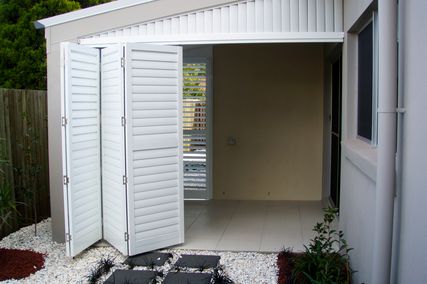Australian firms are exporting shiploads of workplace design knowledge and expertise – and rightly so. While less discernible in national GDP figures than mountains of iron ore, Australian workplace design skills are world leading, and increasingly recognized in the globe’s biggest markets.
Many Australian firms export knowledge and expertise in a variety of forms. One of the most important lessons is to appreciate the extent to which cultural nuances are central to successful outcomes. Knowledge of these distinctions must inform our work, both in the advice we provide and the way we provide it. Workplace models must adapt to local ways of working, spatial psychology and social conventions. In particular, the role of workplaces in supporting interaction must account for local social hierarchies. The Australian preferences for irreverence, flat structures and designated informal spaces does not necessarily work in India, for example, where interaction in the workplace takes a different form. Similarly, anyone who has attempted to facilitate collaborative, creative workshop sessions in Japan will understand how the Australian reliance on participants “speaking up” must be adapted.
Many firms also export knowledge right here at home, by working for overseas companies on projects in Australia. Here the cultural education is often for the client. Why, for example, might foreign models be appropriate or inappropriate in an Australian context? The urban condition in Australia tends to drive a different attitude to shared spaces than is often seen in larger, denser cities in Europe and North America. We tend to bring our traditional preference for the “quarter-acre block” to the workplace, comfortable with “my own space” rather than “our shared space” as a basis for workspace allocation. Australians’ distrust of cultural imperialism means foreign multinational clients often need gentle advice in formulating workplace change initiatives to include local thinking and passions as well as the global corporate objectives. This can be a challenging dynamic for consultants, but one where sensitive integration of both perspectives is usually much appreciated by both sides.
Through the global showcasing of Australian workplace strategy and design innovations, we continue to export knowledge and expertise to other regions. My DEGW colleagues from offices around the world regularly draw upon Australian examples to describe the possibilities of workplaces to their more conservative clients in other markets. Australia is a world leader in workplace strategy and design, boasting a range of breakthrough concepts and projects, particularly in the financial services and government sectors. The level of openness, transparency and equality of space in many recent Australian projects has become commonplace here but is still seen as revolutionary alongside most North American corporate work- places. For example, Stockland’s head office project in Sydney won the global Orgatec and WirtschaftsWoche award for Workplace of the Year at Cologne in 2008. And in a government context, SA Water recently presented the company’s innovative process and project outcome to a range of admiring government agencies in both the United Kingdom and the United States. The extent to which SA Water has used its new workplace as the key cultural enabler for broader cultural change, while also leading the market in terms of sustainability performance, has captured international attention.
Finally, many globally networked firms also export talented staff to businesses in other markets. Australians often tend to become leaders within these teams. A genuine social interest in people – both clients and colleagues – and a famous “work hard, play hard” ethic are valuable traits in the international market. While it is always disappointing to lose people from the local industry (leaving those left behind to question yet again what drives Australia’s cultural inferiority complex), working abroad is invariably a powerful experience for the individuals involved and yet another opportunity to display Australia’s expertise and leadership internationally.
Of course, as technology continues to evolve and the world shrinks and accelerates even more, the very notion of import and export begins to look like a quaint relic. Increasingly, the client is wherever the client happens to be, and the knowledge they seek comes from a genuine network of people and experiences spread across continents. The trend towards specialization drives the further dissolution of boundaries. The more specialized the focus, the wider the network is forced to spread, and the more one must draw upon pieces of knowledge from everywhere to respond to the specific needs of clients anywhere. This is the new world in which many of us live, and only at the point of transaction must the old-world political boundaries be reflected.
It may not be measured in megatons, but in an increasingly global and knowledge-based economy, and as greater value is placed on the value of good design thinking for business, Australian design expertise will be an important and useful resource for our economy – and other economies too.















